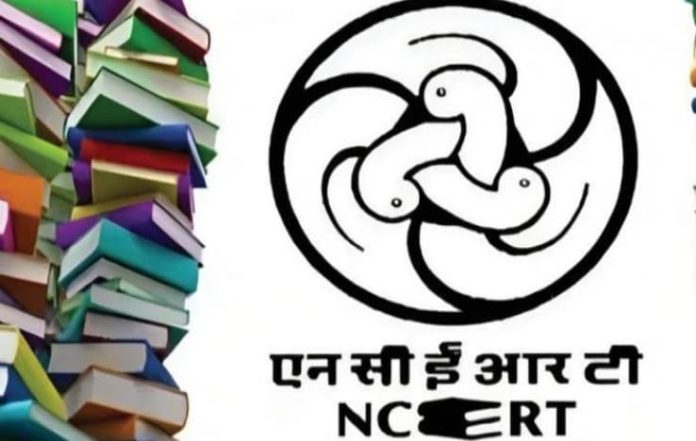The National Council for Education Research and Training (NCERT) has made revisions in the history book for Class 12 students, particularly regarding the origins and decline of the Harappan civilization, according to the ‘Indian Express’.
The most notable revisions include the exclusion of the notion of Aryan immigration theory based on recent studies of ancient DNA from Rakhigarhi, an Indus Valley site in Haryana. The revisions call for more research into the likely correlation between the Harappans and the Vedic people.
The chapter ‘Bricks, Beads and Bones – The Harappan Civilization’ in the Class 12 History textbook ‘Themes in India History Part-I’ has undergone significant revisions. These alterations, which include additions and deletions concerning the Harappan Civilization, have been justified by citing “recent evidence from archaeological sites.”
The added content while underscoring the “unbroken continuity for 5000 years” of the Harappan civilization, cites recent archaeo-genetic research conducted at the Rakhigarhi site to avowedly disprove Aryan immigration. It suggests there was some form of democratic governance among the Harappans.
The modifications, a part of NCERT’s ongoing efforts to update history textbooks for the academic year 2024-25, have been communicated to the Central Board of Secondary Education (CBSE), said the newspaper. NCERT, which advises the Union government on school education, oversees the drafting of textbooks used by over four crore students annually.
For instance, to underscore the notion of continuity, NCERT has removed a sentence suggesting a break between the Early Harappan and the Harappan civilization, as evidenced by widespread burning at some sites and the abandonment of certain settlements, the report said.
Additionally, NCERT has included three new paragraphs discussing the recent DNA study at Rakhigarhi, dismissing the theory of Aryan immigration and asserts the indigenous status of the Harappan people. These paragraphs highlight the genetic roots of the Harappans dating back to 10,000 BCE, their enduring genetic and cultural influence on South Asian populations, and the gradual spread of their genes into neighbouring regions.
Furthermore, a new sentence has been added calling for further research into the relationship between the Harappans and the Vedic people, acknowledging scholarly debates on the subject and promoting critical thinking among students.
It’s important to note that the study of ancient Indian history, particularly the origins of the Harappan Civilization, is a topic that has been rife with ideological divisions. While some historians adhere to the belief that Indian civilization originated from indigenous Aryans, who were synonymous with the Vedic people, others, particularly Marxist historians have dismissed the indigenous theory. In contrast, they support the Aryan migration theory, positing that the Harappans existed before the Vedic period.
Among other notable revisions, in the fifth chapter (Patterns of Social Inequality and Exclusion) of the Class 12 Sociology textbook, a segment highlighting that Scheduled Castes and Scheduled Tribes are characterized by poverty, powerlessness, and social stigma has been removed. NCERT has justified this adjustment as “minor language editing for improved sentence construction”, the report claimed.
An image of communal riots originally featured in the sixth chapter of the Class 12 Sociology textbook (Indian Society) has been deleted on the basis that it is “irrelevant in the current context.” The image was initially accompanied by text within the section titled ‘Communalism, Secularism, and the Nation-State” in Chapter 6.
Similarly, the newspaper report noted that in the Class 6 history textbook, a chapter titled ‘Tribals, Dikus, and the Vision of a Golden Age’ discussed tribal leader Birsa Munda’s resistance against “missionaries and landlords.” In this context, the term “Hindu” has been removed and the NCERT explains the deletion by stating that it aligns with the “varied social backgrounds of the landlords during that period.”
Stay ahead with educational updates! Join our WhatsApp channel now for the latest insights and knowledge boosts. Don’t miss out, join today!
Get the latest news updates and stay informed with FELA NEWS!
(Source: Business Standard)





